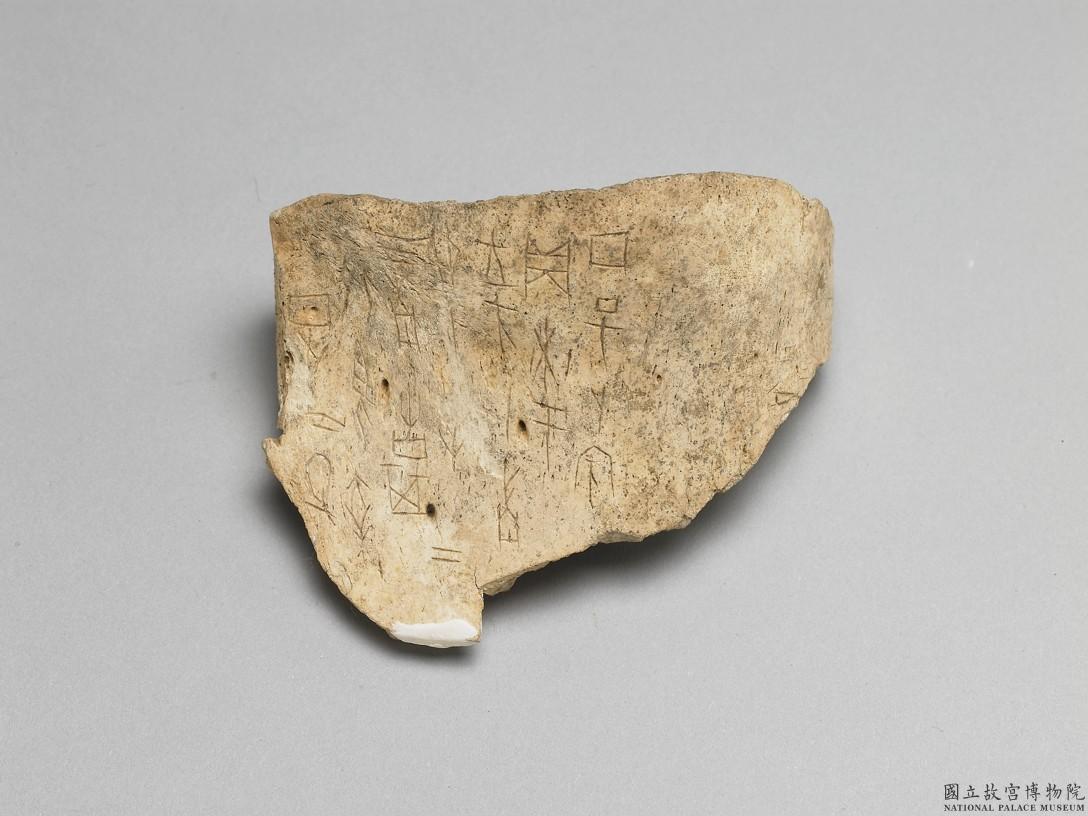During the Shang Dynasty in ancient China, people used to practice divination by burning tortoise shells and cattle scapulae over a fire and interpreting the cracks that formed on them as the will of the gods. These divinations were used to govern themselves.
The turtle shells and animal bones used for divination were engraved with the date and time of the divination, the name of the diviner, the matter divined, and the result of the divination. These engravings are called “Koukotsu-moji,” 甲骨文” which are considered as the prototype of Chinese characters.
Even today, this divination practice using the turtle’s shell is still followed in Japan.
In November, during the Emperor’s ceremonial offering of the first rice of the year, a ritual called “Saiden Tentei” is held in May. This ritual involves selecting one place each in eastern and western Japan to produce the rice for the ceremony. The place of origin of the rice to be offered at the ceremony is determined using a divination technique called kiboku. In this technique, a green turtle’s shell is burned, and the resulting cracks are interpreted to make the selection.
